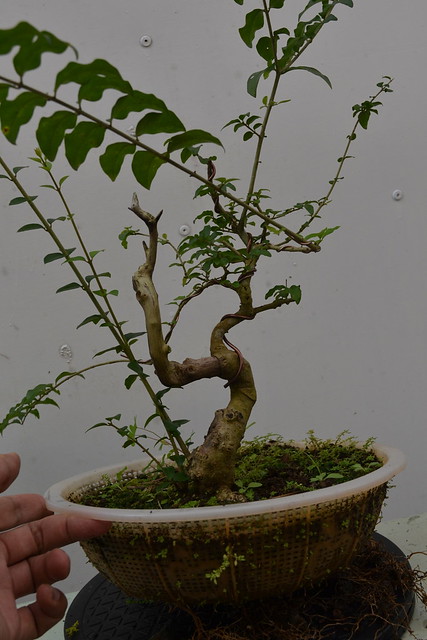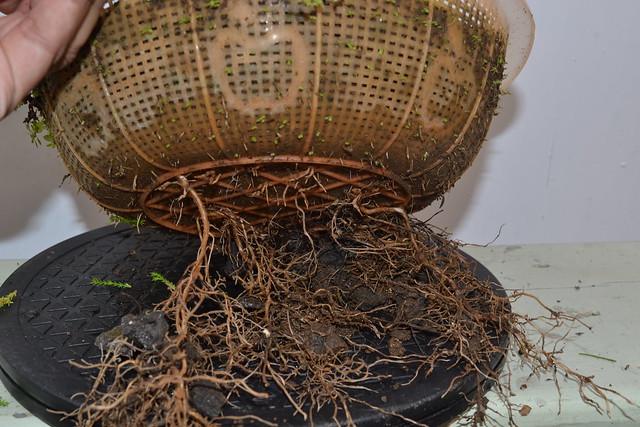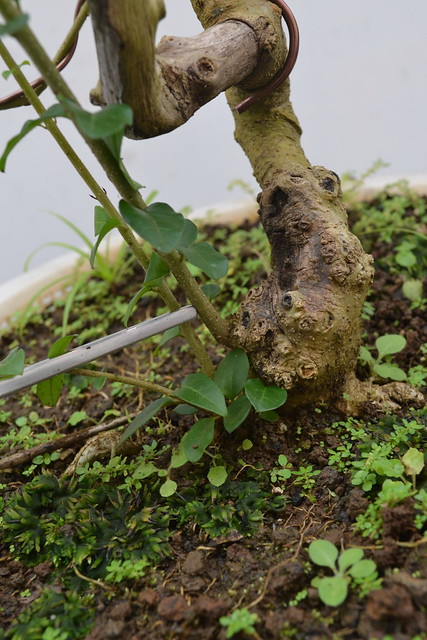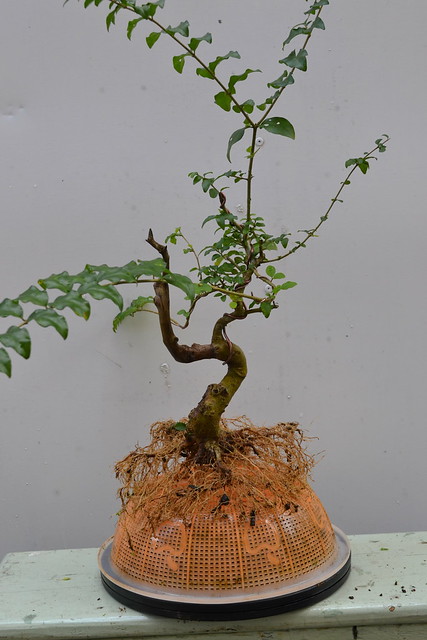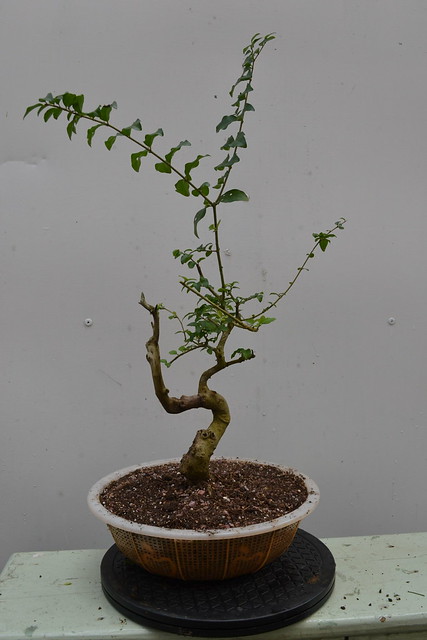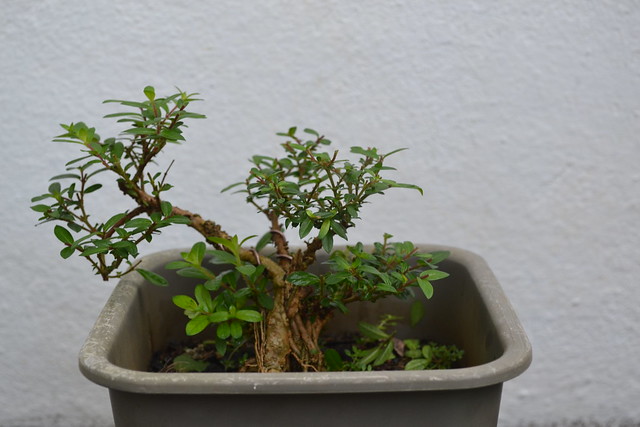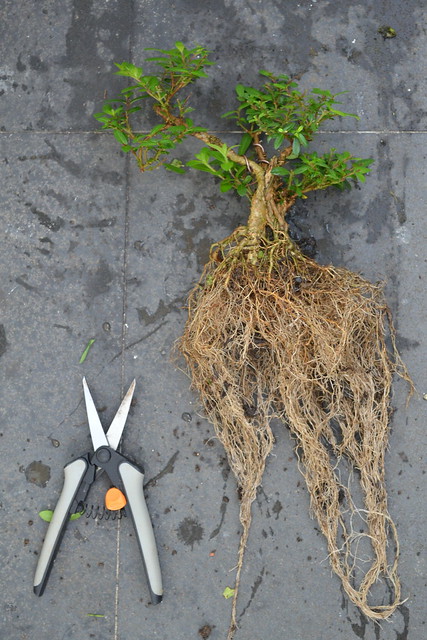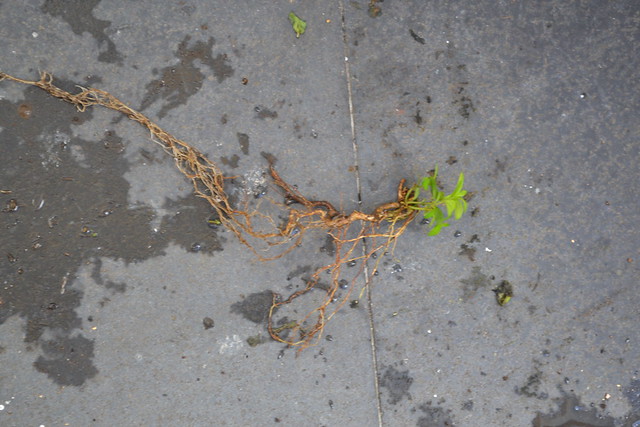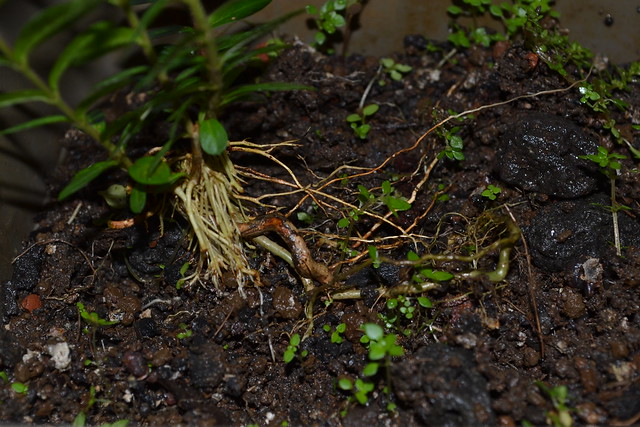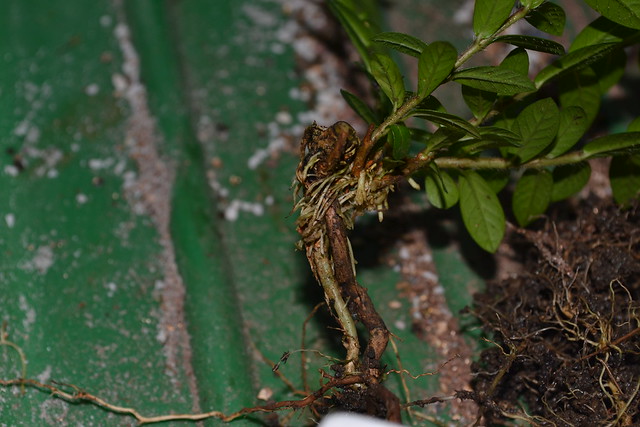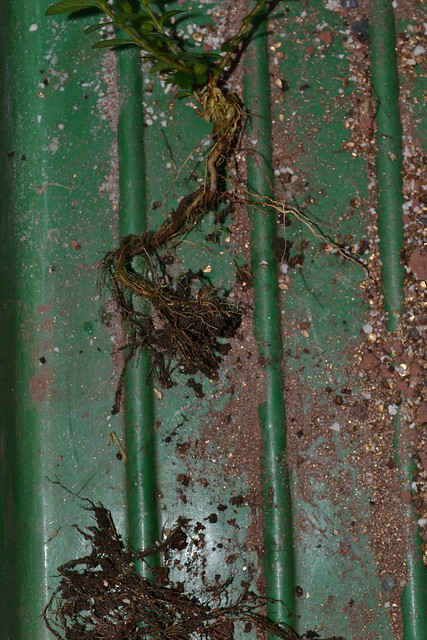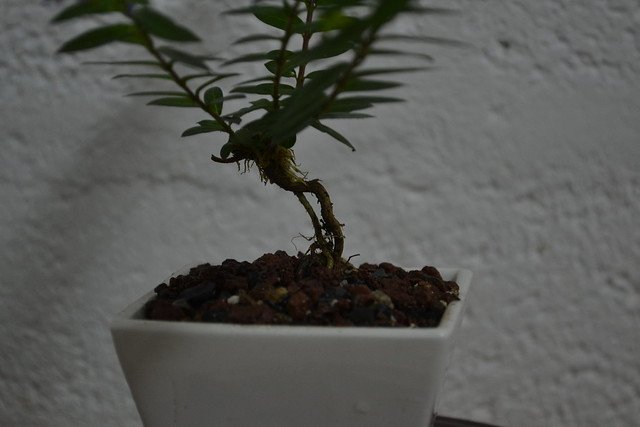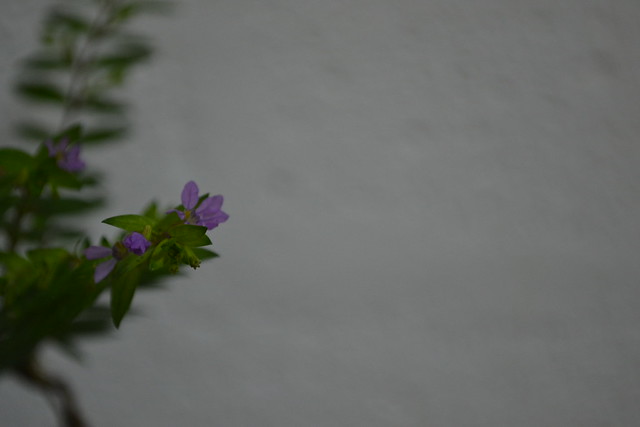It's pretty easy to see whose doing what : trees with leaves that have fallen are the trees that are going dormant, while the trees that are showing signs of new buds, bud swelling or bud developping into leaves are starting a new growth cycle instead of doing dormant.
I took that opportunity to do some repotting on various trees.
Trying out a new potting mix
My usual potting mix is a mixture of grid/pebbles, perlite and pine bark.But lately there have been several new interesting horticulture materials on the local market and I decided to go and give those a try.
I did use the soil-less mix before for potting and training and got some good results.
I still retained my inorganic medium, 5~6mm pebbles from Espace Jardin.
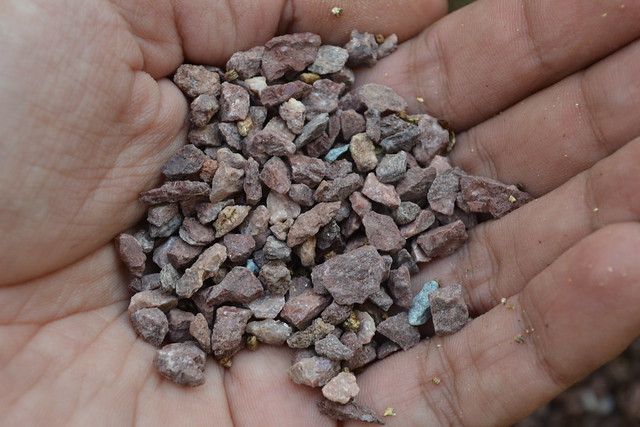
For water retention I used to use perlite, but I found some vermiculite at Vaneron Garden Center, and decided to give it a go.
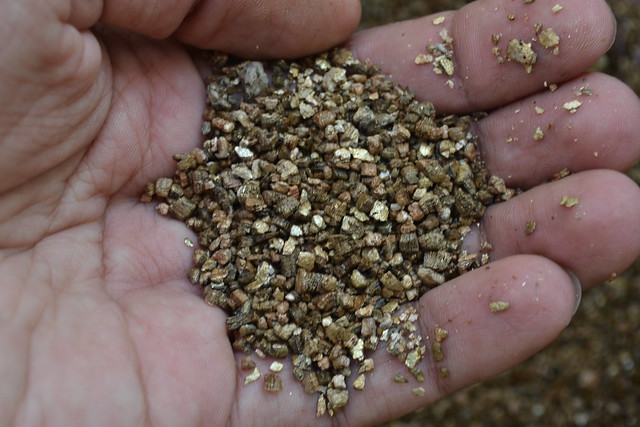
And instead of pine barks for my organic component, I decided to give the new soiless mix that's available in several nurseries and plant centers a try.
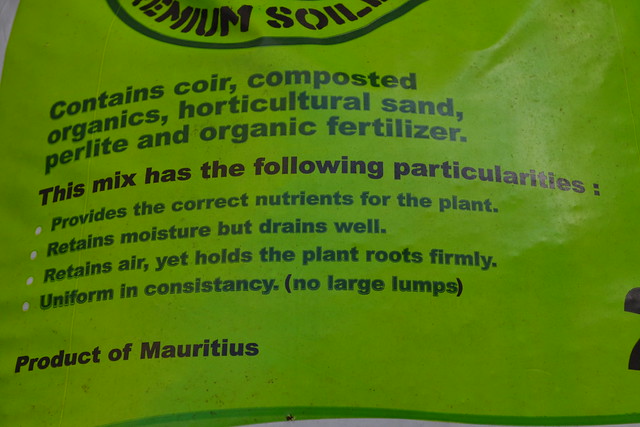
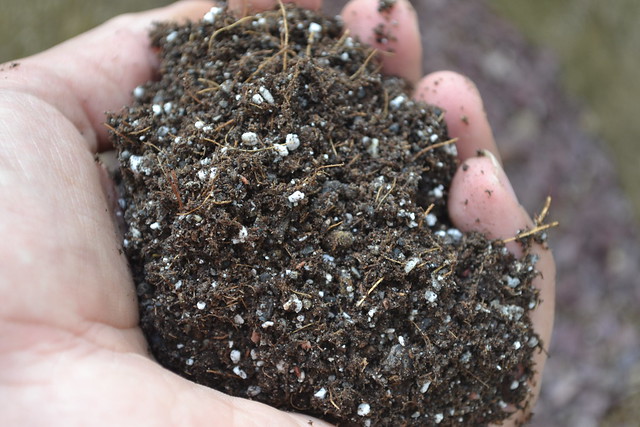
And here's the mix with all three components combined

For more info on bonsai soil here are some links:
Bonsai Soil Demystified
Soil basics
Repotting #1
My first repotting priority was this ligustrum ( privet / troène ) that I had to repot in a classical potting soil some time ago. Time to go towards a much more draining mix now. |
| Ligustrum in the training "pot". Colanders in a bonsai training method in use for some time now. Read more here : In praise of colanders |
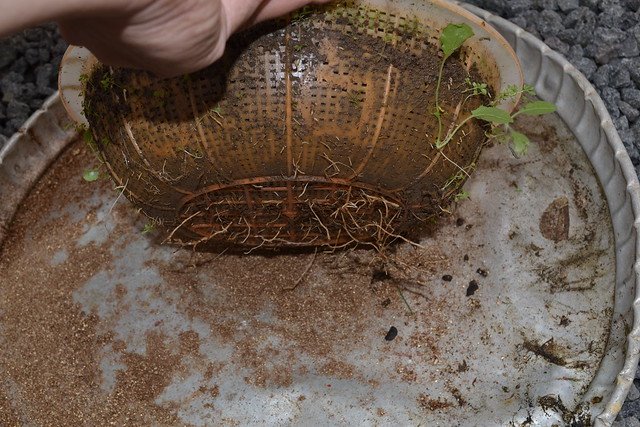 |
| The purpose of the colanders is to promote finer roots. In a normal pot with only drainage holes at the bottom, the tree tends to develop lateral roots that curl about in the pot. With the colanders the aim is to promote : 1. Finer roots ( feeder roots ) 2. Enable the roots to spread ( and even leave the colander ) instead of coiling around in the pot. |
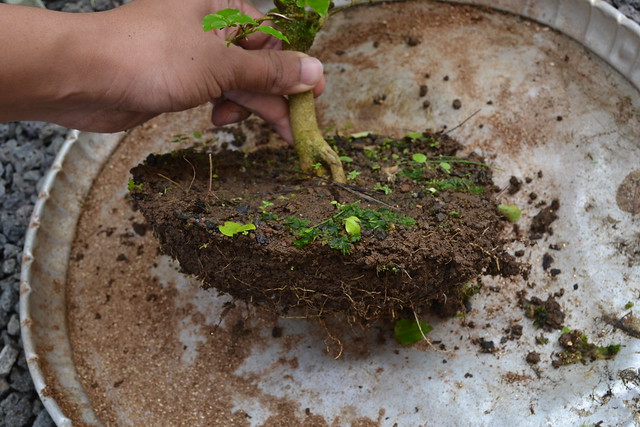 |
| One of the rare trees that I had in full gardening soil, time for some draining mix. Notice the soil level here, the nebari is still underneath the soil surface. |
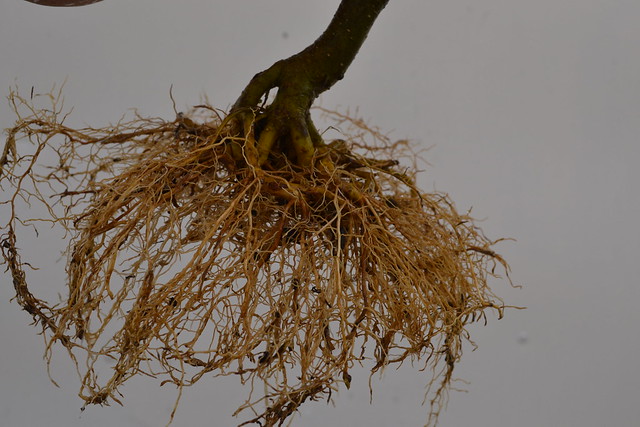 |
| Now that's what I'm looking for! Lots of feeder roots and fine roots. I did not perform any root pruning on this tree for this repotting session. |
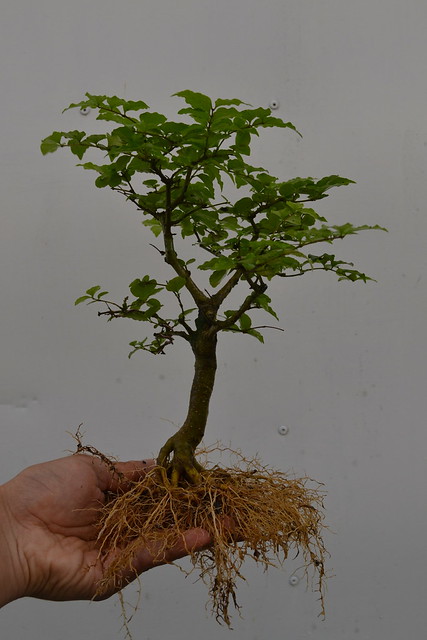 |
| Here's the little guy :) |
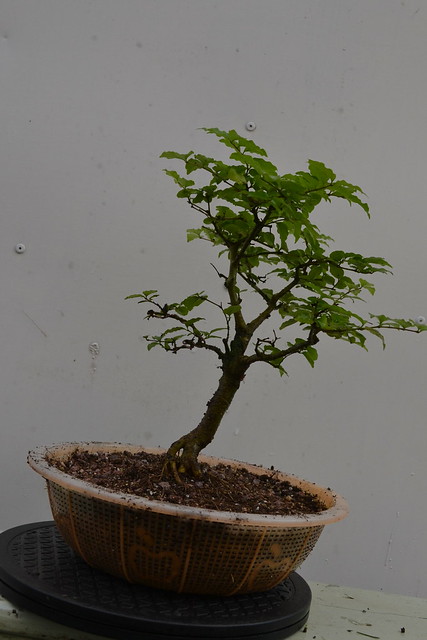 |
| Repotted ( sorry for the slanted shot angle I noticed it afterwards ) |
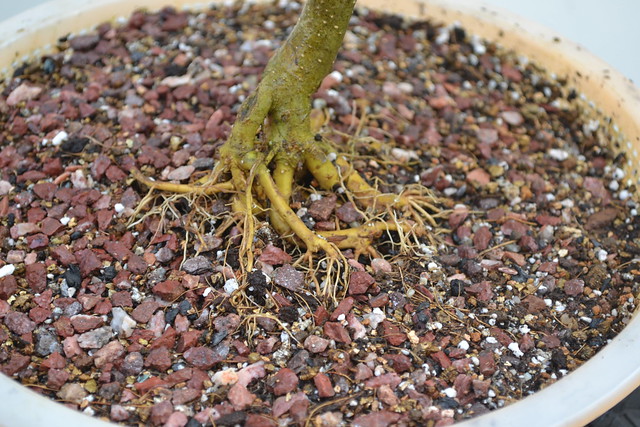 |
| I repotted the tree with the nebari exposed. |
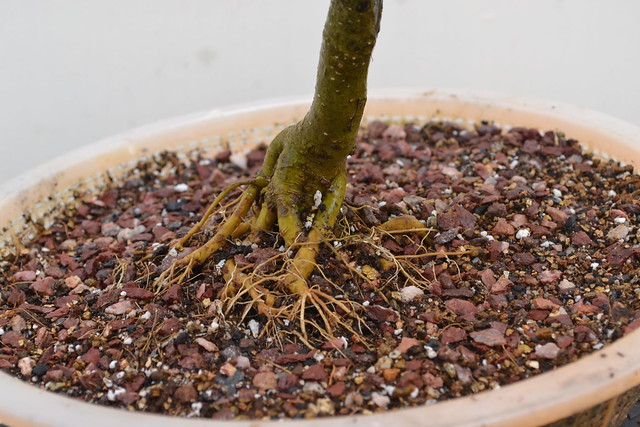 |
| Another angle |
Wiring #1
This thuja seedling's trunk is starting to lignify ( starting to produce woody structures ), its about time to wire it and give it a rudimentary shape before it lignifies too much and becomes too hard to bend.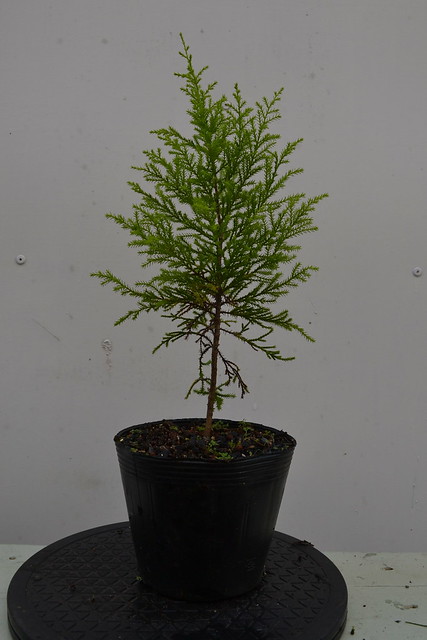
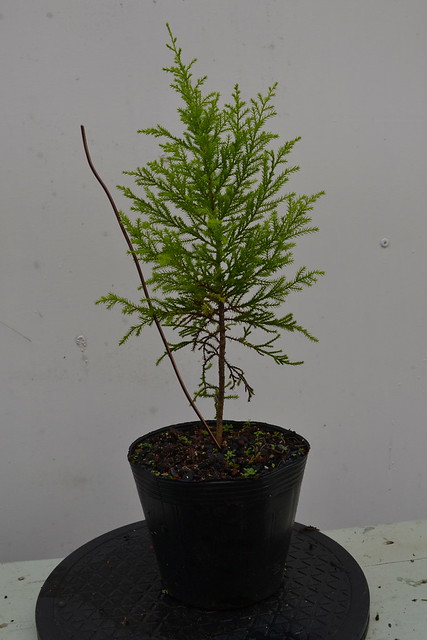
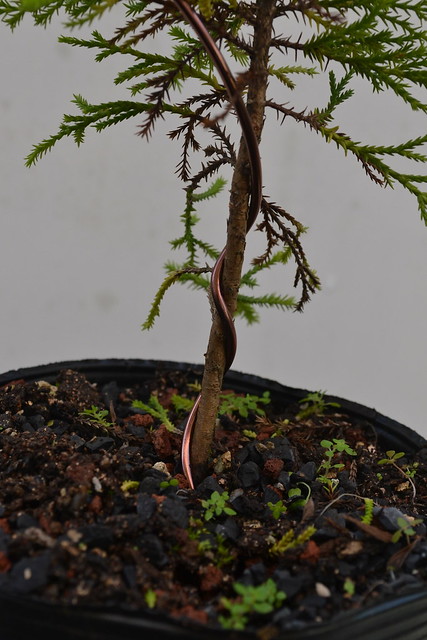
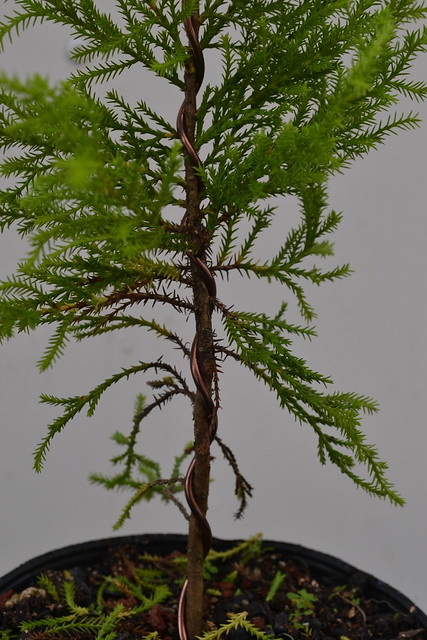 |
| Take care not to crush the branches. |
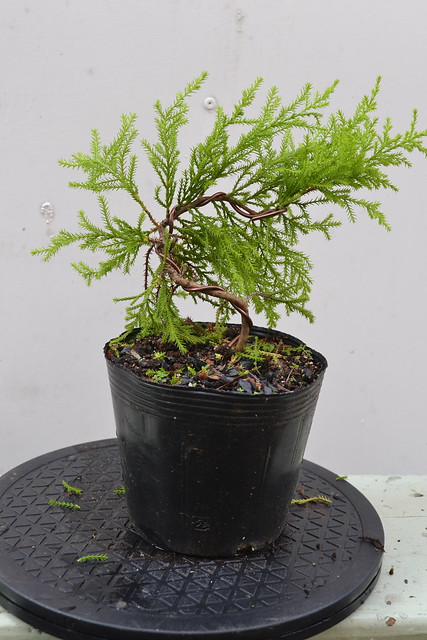 |
| Wired and shaped |
Repotting #2
This ligustrum is in the stages of branch development. Not a pretty sight and definitely not show ready. There are several sacrificial branches that are still on the tree and which will still be on the tree for quite some time.